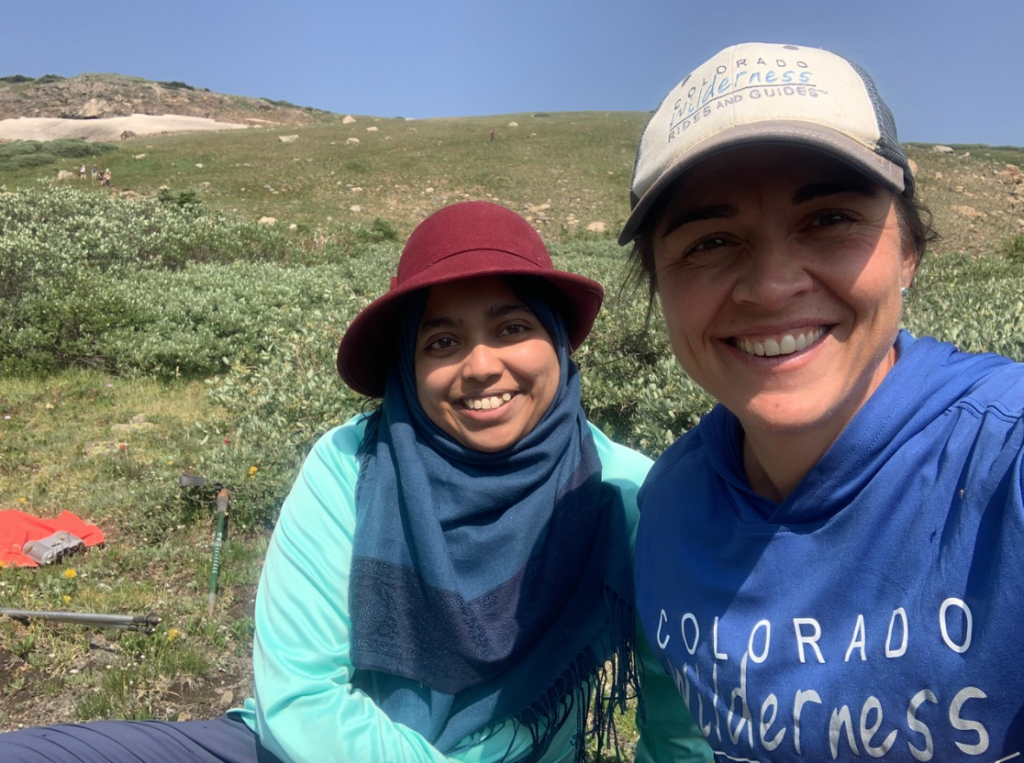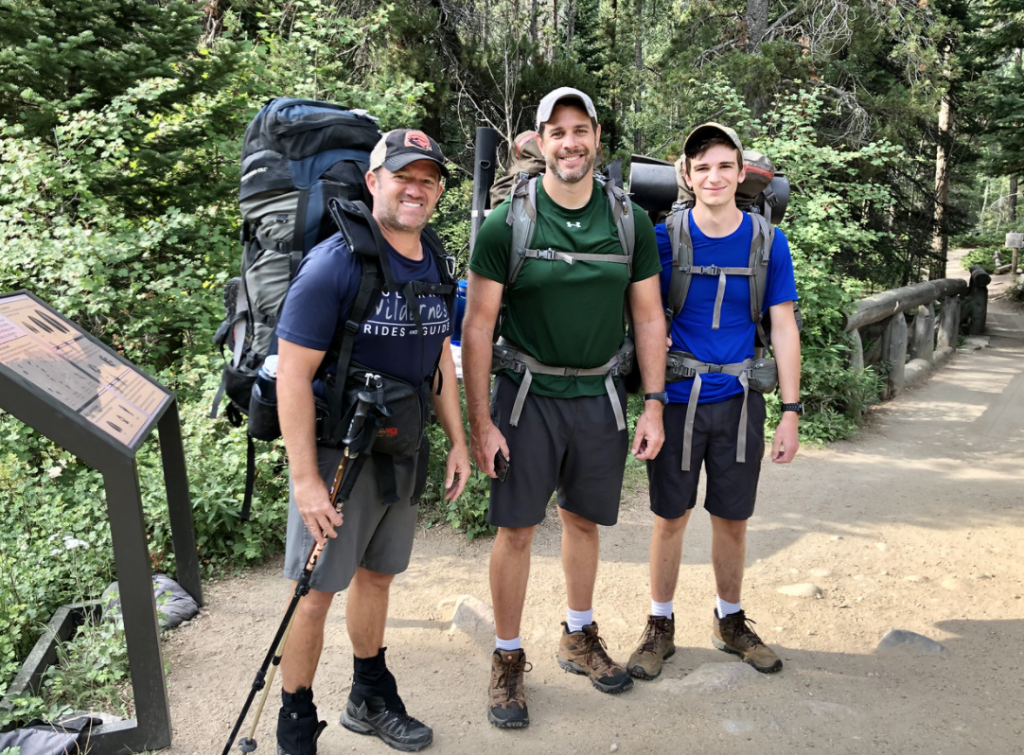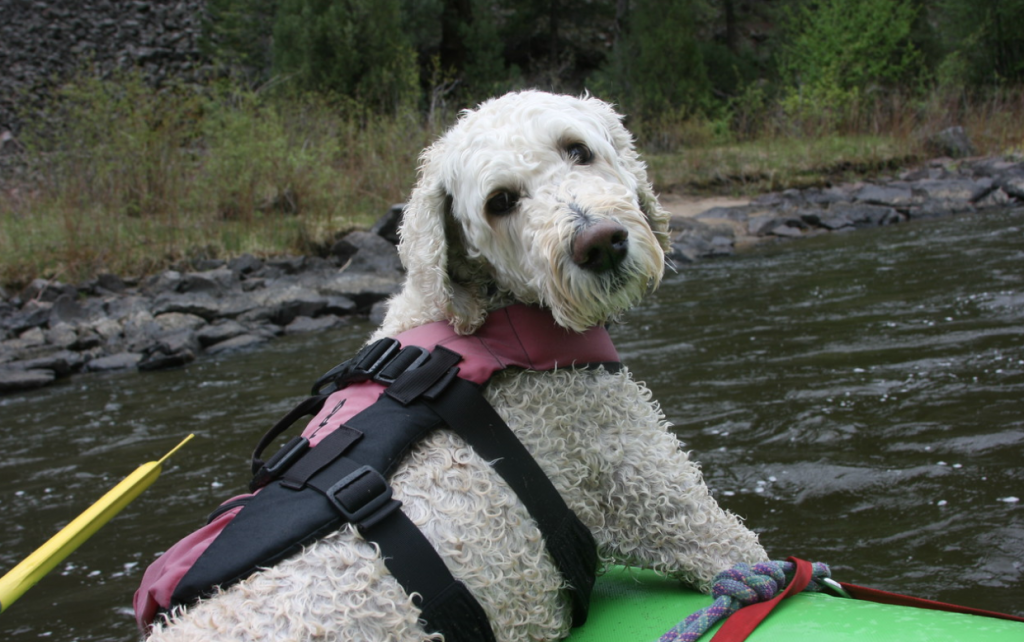The Art of Guiding
- admin171125
- Nov 30, 2021
- 3 min read
Last year, on a blue-bird day in January, while out snowshoeing with some clients in Rocky Mountain National Park, one of my clients turned to me and said, “You get to do this for a living!?” I looked around incredulously and said, “Yep!” Although it may seem like your guide is just along for the adventure, there is a lot that happens behind the scenes to ensure the trip runs smoothly. The professional guides at Colorado Wilderness Rides and Guides work diligently before, during, and after your trip to provide our clients with new and exciting experiences. So, what exactly does your guide do? I’ll break it down for you into these three categories: education, experience, and entertainment.

Let’s start with the first category, education. The guides who work for Colorado Wilderness Rides and Guides have decades of both personal and professional knowledge which they bring into their trips. This dedication to the field requires time spent in certification courses and training out in the field in order to have the knowledge required to guide your trip. For example, if you book a rock climbing adventure, you will be paired with a guide who has dedicated much of their personal and professional life to climbing and emergency response training. This means that they are certified in Adult CPR/AED, hold a Wilderness First Responder certificate, have an American Mountain Guides Association Single Pitch Instructor certification, and have the skills necessary to facilitate your climbing experience. Education is a major piece of what guides do, because not only does the level of preparedness benefit our clients, but we can then also provide our clients with knowledge. Part of why we love being in this profession is because we can teach people the skills they need to enjoy and respect the outdoors as much as we do.

The second category of a guide’s responsibilities is the experience itself. The moment a guide accepts a trip is the moment we begin conceptualizing how to ensure the trip is a success. This involves confirming reservation information (time, location, activity, and the number of people), client information (names, sizes for gear, allergies, medical concerns, etc.), and getting a feel for our client’s goals and expectations. Once the guide has this information, they can go about scouting locations, checking trail conditions, checking the weather, and looking up potential area closures. In the days leading up to your trip, your guide is making sure they have all the necessary paperwork (i.e. permits, waivers, maps, trip itinerary, etc.) and they make sure to gather up all the proper gear and food you will need for your trip. This entails making sure everything is clean and in good working order. We also make sure to coordinate with you and our office staff to ensure everyone is on the same page and we are facilitating effective communication. You may think that’s the bulk of what we do as guides. However, our work isn’t over when we’re out on the trail with you. When your guide is out with you, they are constantly assessing for hazards and managing risk. This means they’re watching for changes in the weather, watching for environmental dangers, and monitoring our client’s physical conditions to prevent health concerns.

You may be thinking, well what else could there be!? Fun! With all this hard work out of the way, guides have set the stage for you to have fun and be entertained while out on your adventure. One of the most important aspects of a guide’s job is to allow you to enjoy the outdoors with your family or friends. This means that we allow space for spontaneity and play, and will likely tell you a few terrible jokes to get you to smile. This is, by far, my favorite part of the job – being able to share in the joy that the outdoors can bring to people’s lives.

